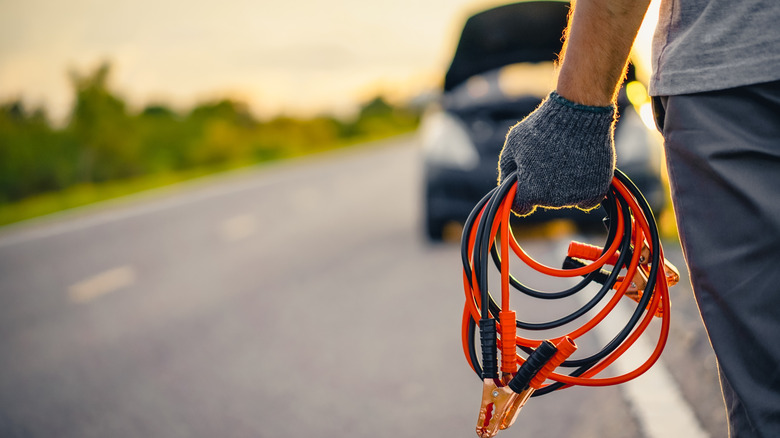
Alternators are an essential component of any combustion engine, acting to continuously provide power to the car's electrical systems by recharging the onboard battery. Its parts are relatively simple, though fascinating pieces designed for durability and longevity, but occasionally things do break, and this part can fail without warning, with dramatic consequences.
Alternators are small generators connected to the engine by a belt so that the alternator is always generating current when the engine is running. It does this by rotating an electromagnet (also known as a rotor) within a cylinder that is wrapped in wire (the stator). The spinning electromagnet in this environment generates electricity.
Alternators can and do fail, but typically the causes are relatively straightforward. The first and simplest failure comes from belts that do not spin the rotor sufficiently, likely because they are loose or stretched. This problem may not be immediately obvious to a driver, but engine squeal on start-up could be an indication that some checking is required. Thankfully, alternators and associated belts are typically easy to locate and check. Another possible failure is for the bearings inside the alternator to degrade and fail, sometimes as a result of overtightening the belt that runs the alternator. The rotor inside the alternator must spin freely to generate current. Bearing failures may come with growling or whining noises while driving.
 Mr.Anuwat Rumrod/Shutterstock
Mr.Anuwat Rumrod/Shutterstock
While an alternator failure may not be immediately apparent, it will soon become unavoidable. Without the alternator recharging the battery constantly, it will eventually be drawn down, not just by the radio and headlights, but also the spark plugs and onboard computers. Without power, none of these systems will function, and the engine will stop of its own accord.
If that happens, stay calm and pull over. That might be easier said than done. With the engine off, basic systems like power steering will not work. It may take more effort to steer the car, especially making turns at lower speeds. Headlights and turn signals will also cut out with the engine, though dimming headlights if driving at night are a good sign of an impending problem.
Now the hard part begins. Even if a friendly motorist gives you a jump, it might only help for a few minutes before the whole thing happens again. In that case, a tow truck and repairs will be required. In the case of a worn belt, the fix can be relatively quick, but if the alternator itself fails, replacing or rebuilding it might be required.
Thankfully, these issues aren't difficult or time-consuming to diagnose, and alternators aren't hard to find. But the part alone could run a few hundred dollars for a common car and a bit more for something rare. Still, dealerships often keep some in stock, and even independent repair shops can source them without issue. The repair shouldn't take significant time, and those who are mechanically inclined can consider doing the job themselves.















Facebook Conversations